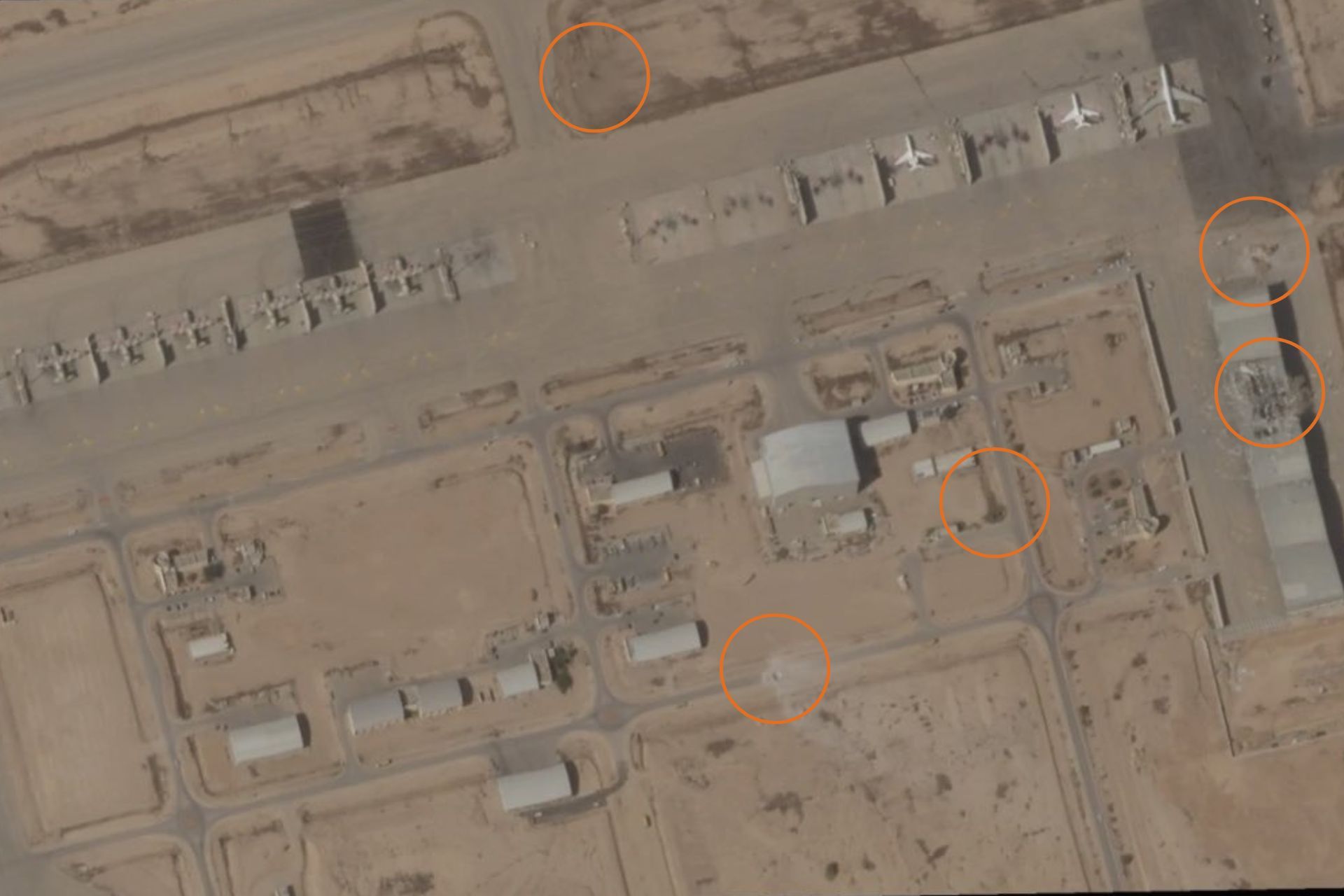Breaking News
Iranian Media Alleges Destruction of Israeli F-35 Fighters in Missile Strike.
On October 2, 2024, a series of reports and videos began circulating on social media, particularly on Telegram and X, claiming that Iranian missiles had successfully targeted and destroyed Israeli airbases, including entire squadrons of Lockheed Martin F-35I Adir fighters. These claims, mostly propagated by Iranian state media, quickly gained traction among pro-Iranian supporters. The claims followed Iran’s largest missile attack on Israel to date, with more than 180 missiles launched. The strikes, involving Fattah-1 and Kheybarshekan missiles, were said to be larger and more complex than those carried out in April.
Follow Army Recognition on Google News at this link

The F-35I is a customized version of the F-35A, featuring Israeli-made modifications to its avionics, electronic warfare systems, and weapons. (Picture source: Israeli Air Forces)
Israel was the first country to select the F-35 through the U.S. government's Foreign Military Sales (FMS) program after signing a Letter of Agreement in October 2010. The Israeli Air Force (IAF) named the F-35 "Adir," meaning "The Mighty One" in Hebrew. On June 22, 2016, the IAF received its first F-35 Adir. The Israeli F-35 fleet was declared operational in December 2017, marking the end of an intensive integration and training effort at Nevatim Airbase, Israel.
Israel’s procurement of the Lockheed Martin F-35I "Adir" began with a formal agreement in 2010, making it the first country to acquire this aircraft via the U.S. Foreign Military Sales (FMS) program. The first batch of nine F-35Is became operational with the IAF in December 2017. By November 2022, Israel had 36 F-35Is in service, including a unique testbed version for integrating Israeli-made systems. These aircraft, based at Nevatim Airbase, are part of three operational squadrons.
The F-35I is a customized version of the F-35A, featuring Israeli-made modifications to its avionics, electronic warfare systems, and weapons. The stealth capabilities, advanced sensor systems, and versatility of the F-35I provide Israel with significant advantages in situational awareness, precision targeting, and combat effectiveness. In May 2018, Israel became the first country to use the F-35 in combat, demonstrating its operational capabilities.
Despite these speculations, Israeli authorities quickly claimed that most of the missiles had been intercepted and destroyed, minimizing damage and avoiding any casualties in Israel. Iranian propagandists, however, insisted that significant damage was inflicted, particularly at Nevatim Airbase, home to two F-35I squadrons, claiming it had been completely destroyed. Videos showing missiles targeting Tel Aviv and footage purportedly showing damage to F-35s in Gaza further fueled the controversy.

Satellite image of Nevatim Air Base before the Iranian strikes on September 19, 2024. (Picture source: Esry)
The Israeli military acknowledged that some of its airbases were hit during Iran’s massive ballistic missile attack but clarified that the strikes did not impair the operational capacity of the IAF. Missiles caused minor damage to offices and maintenance areas at the bases, but critical infrastructure and aircraft remained unaffected. The attack involved about 200 ballistic missiles, but most were intercepted by Israeli and U.S. defense systems, limiting the damage.
Several experts pointed out that these claims lack verifiable evidence. According to Dr. Kurt Braddock, assistant professor of public communication at American University, while it is possible that some missiles struck Israeli airbases, the claim that dozens of F-35s were destroyed appears to be fabricated. Braddock also referenced reports of a protest by Palestinian activists at a factory producing F-35 components, though this seemed to have little impact on production.
Despite doubts, disinformation continued to spread on social media. Exaggerated claims of Iranian success were widely shared, lending further credibility to the initial reports. This resulted in a mix of misinformation and disinformation. According to Braddock, misinformation occurs when individuals share images or videos believing them to be true without critically evaluating the content. In contrast, disinformation involves a deliberate effort to spread false information for strategic purposes.

Satellite image of Nevatim Air Base after the Iranian attacks with the various visible impacts, October 3, 2024 (Picture source: X Channel @ClashReport)
In this case, it is likely that Iranian state media and its operatives engaged in a coordinated campaign to present a fictional narrative, using false or exaggerated claims to reinforce the perceived success of the missile strikes. Dr. Matthew Schmidt, associate professor at the University of New Haven, emphasized that these campaigns aim not necessarily to convince the public of outright lies but to create confusion by flooding the media with contradictory information. This tactic aims to overwhelm individuals with data, making it harder to discern truth from falsehood.
Even if Israeli authorities were to counter these claims by providing evidence of minimal damage, such as photos of largely intact airbases, there is a risk that this too would be dismissed as misinformation. In this way, Tehran could gain a short-term advantage by casting doubt on Israel's defensive capabilities and downplaying the ineffectiveness of its missile attack.
In reality, reports indicate that while not all Iranian missiles were intercepted, those that reached their targets caused minimal damage, with no casualties in Israel. This outcome is likely embarrassing for Iran, whose missile attack failed to achieve the level of destruction it may have intended. However, by spreading exaggerated claims about the effectiveness of the attack, Iranian propagandists seek to shift the narrative in their favor, creating the perception that the strikes were far more successful than they actually were.


























